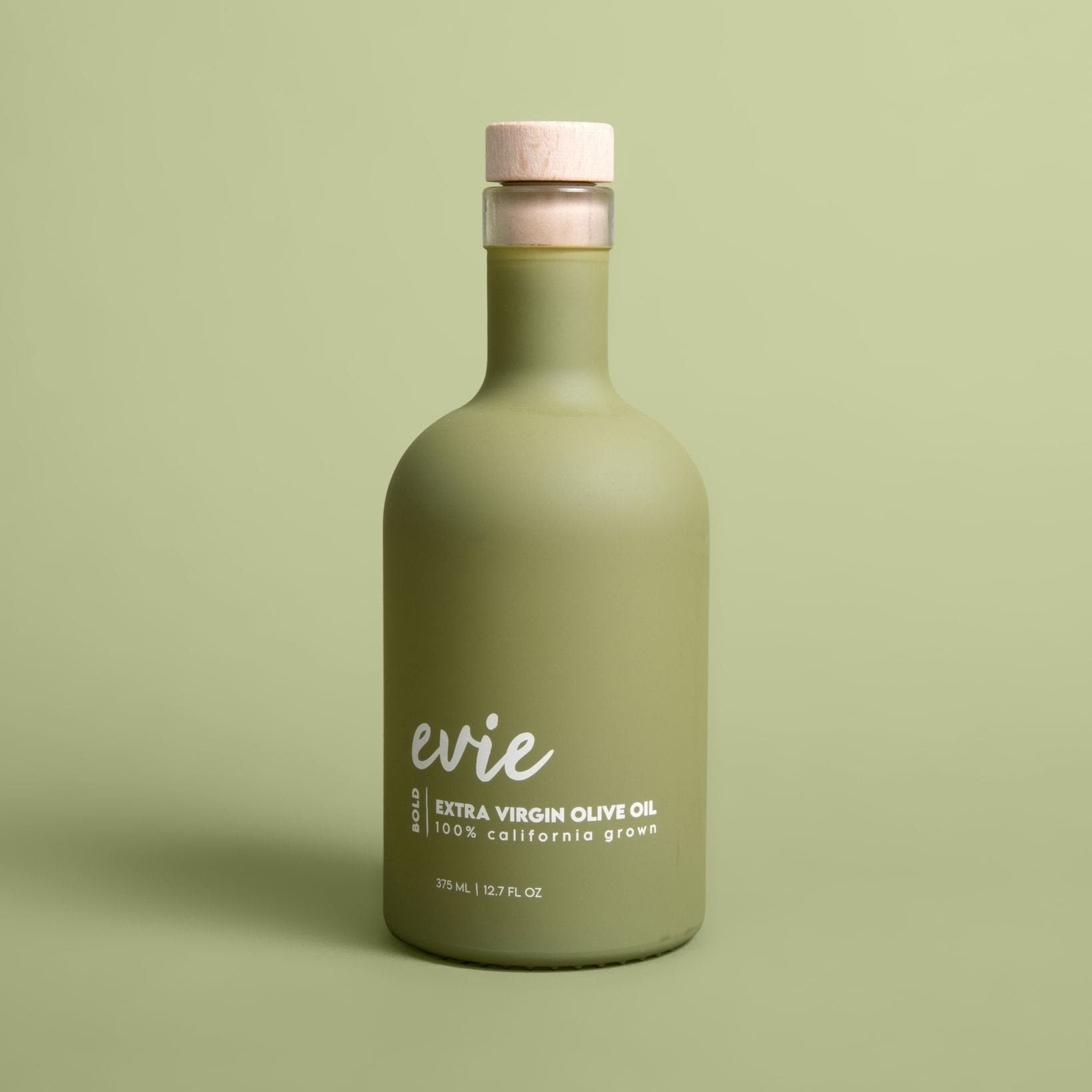How to Taste Olive Oil Like a Pro: A Guide to Enjoying Fresh Olive Oil
Olive oil is more than just a kitchen essential—it’s a flavorful, healthy ingredient that can elevate any dish. Whether you’re new to olive oil tasting or a seasoned enthusiast, learning how to properly taste olive oil helps you distinguish high-quality oils from the rest. In this guide, we’ll show you how to taste olive oil like a pro so you can enjoy the rich, complex flavors of premium olive oil.

Why It’s Important to Taste Olive Oil
Tasting olive oil allows you to fully appreciate its unique flavors and health benefits. At Evie Olive Oil, we produce fresh, cold-pressed olive oil, rich in antioxidants and healthy fats. Learning to taste olive oil correctly ensures you’re getting the best quality and flavor, whether you’re drizzling it over a salad, cooking, or using it as a finishing oil.
How to Taste Olive Oil: Step-by-Step
1. Start With a Clean Palate
To taste olive oil effectively, it’s essential to start with a clean palate. Rinse your mouth with water and avoid strong flavors like coffee or spicy foods before you begin. A clean palate will help you detect the subtle, natural flavors in the olive oil.
2. Use a Small Glass
Professional olive oil tasters often use a small, dark glass to avoid being influenced by the oil’s color. However, at home, you can use a small, clear glass to appreciate the oil’s beautiful hue. Pour about a tablespoon of olive oil into the glass.
3. Warm the Olive Oil and Smell It
Hold the bottom of the glass in the palm of your hand and cover the top with your other hand to gently warm the olive oil. This releases the oil’s natural aromas. After a minute, remove your hand and take a deep sniff.
What to notice in the aroma:
- Fruity: Fresh olive oil has a fruity, fragrant aroma—like green grass, herbs, or apples.
- Rancid smells: If it smells musty or waxy, the oil may be old or improperly stored.
- Subtle notes: Some olive oils may have hints of ripe fruit, tomato leaves, or even almond.
Take a small sip of the olive oil and let it sit on your tongue. Swirl it around your mouth, allowing it to coat your taste buds. This helps you detect the flavors and textures more clearly.
Flavors to look for:
- Bitterness: A slight bitterness is a sign of fresh olive oil and indicates the presence of beneficial antioxidants.
- Pungency: If the oil causes a peppery sensation or makes you cough, that’s a sign of high polyphenol content, which is good for your health.
- Fruitiness: Depending on the variety, you might taste notes of green herbs, artichoke, or ripe fruit.
5. Observe the Aftertaste
After tasting, pay attention to the aftertaste. High-quality olive oil should leave a clean, pleasant finish. If the aftertaste is greasy or stale, the oil may be of lower quality or past its prime.
6. Compare Olive Oils
Tasting different olive oils side-by-side can help you identify the variations between mild, buttery oils and robust, peppery varieties. At Evie Olive Oil, we offer a range of olive oils, from delicate and smooth to bold and peppery, each perfect for different culinary uses - but all 100% California grown.
7. Pair Olive Oil With Food
Once you’re familiar with tasting olive oil on its own, try pairing it with food. Drizzle fresh olive oil over grilled vegetables, pasta, or even a scoop of vanilla ice cream. You’ll discover how quality olive oil enhances the flavors of your dishes.
How to Store Olive Oil for Maximum Freshness
Proper storage is key to maintaining the flavor and health benefits of olive oil. To keep your olive oil fresh, store it in a cool, dark place, away from heat and light. Olive oil is best used within two years of its harvest date (but the fresher the better), so always check the label for freshness.
At Evie Olive Oil, we are committed to providing the freshest, high-quality olive oil, perfect for cooking, dipping, or finishing your favorite meals.
Final Tips for Enjoying Olive Oil
- Freshness matters. Olive oil is best when it’s fresh. Look for bottles with a harvest date and try to use the oil within two years of its production.
- Store it right. Keep your olive oil in a cool, dark place, away from heat and sunlight, which can cause it to degrade.
- Experiment. There are so many different types of olive oil to explore. While we prefer local olive oil from California, don’t be afraid to taste and compare from different regions and varietals!
Tasting olive oil is a fun and delicious way to explore the world of this ancient and nutritious food. With a little practice, you’ll develop a deeper appreciation for the subtle complexities of a high-quality olive oil and learn how to use it to enhance your cooking. Enjoy the journey!
